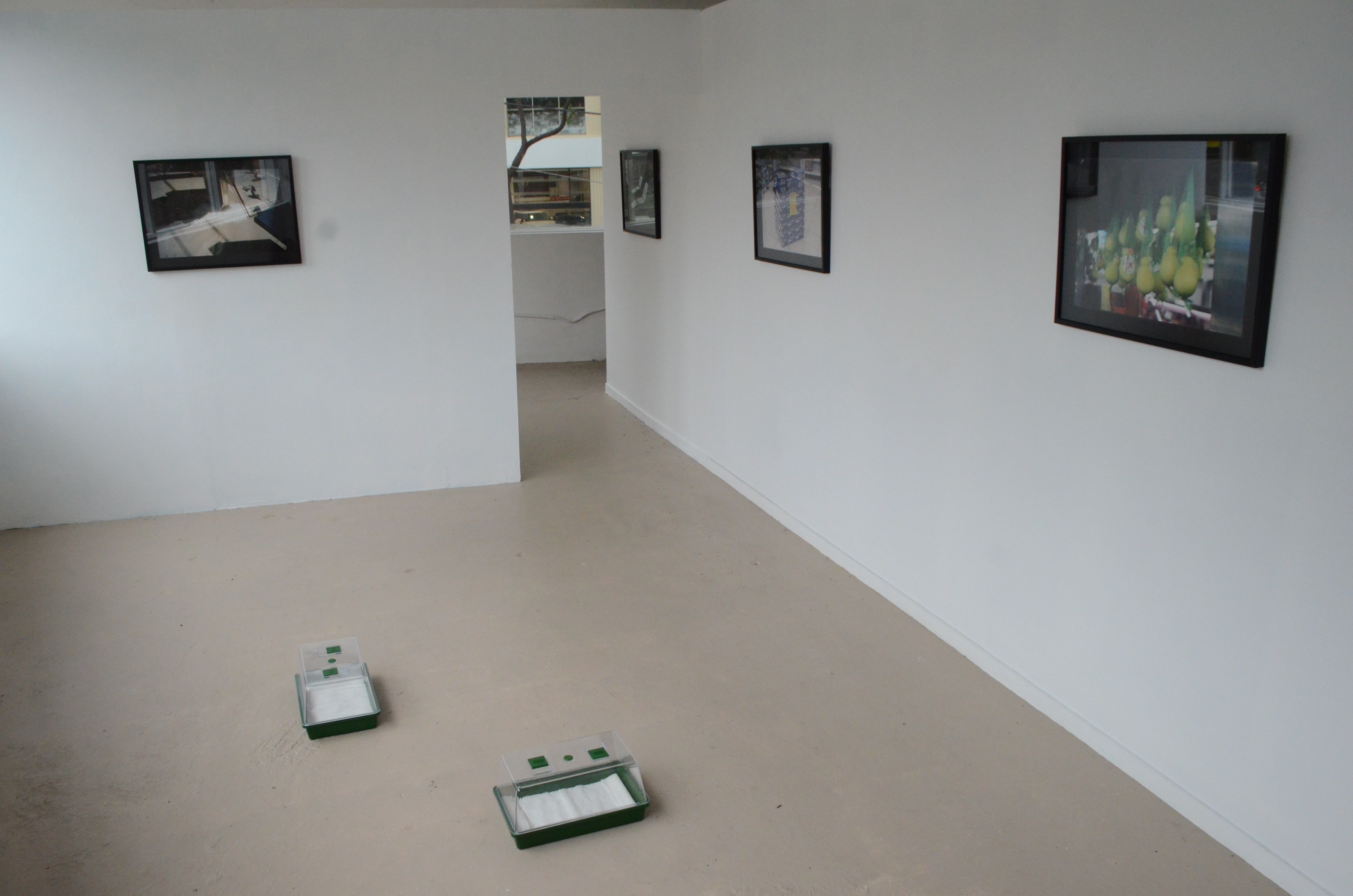‘










In Kurt Vonnegut’s 1969 novel Slaughterhouse Five, the protagonist Billy Pilgrim, comes into contact with a race of alien beings known as the Tralfamadorians. While they look radically different to Earthlings in terms of their appearance, Vonnegut gives more attention to another crucial difference between humans and Tralfamadorians, namely the fact they see all things in four dimensions. As far as they are concerned, “all moments, past, present and future, always have existed, always will exist”.¹ The consequence of this is that they perceive all instances of a subject’s being at once, stretching away to left and right like a distant mountain range. All moments are drawn to their consciousness until they exist both in and out of time; indeed, time becomes almost irrelevant, with all things being contained within each other without hierarchy.
The Tralfomadorian view of time lends itself to an essentially determinist universe in which all subjects are little more than insects trapped in amber, helpless to exercise their agency.2 However, it might instead by argued that each subject sits at the centre of a network, constituted by innumerable chance encounters that could be said to constitute ‘fate’. From this perspective agency is jostled and bumped about, even as it continues on its heading.
There is a concept in relativity known as a ‘light cone’, which is used to represent the emittance of a pulse of light at a point in spacetime.3 This light travels away from the event in all directions, similarly, as do ripples upon a pond; however, the important factor to remember is that this dispersal of light across space also occurs across time. That is to say, the traversal of a distance in space also takes a given amount of time; hence the concept of ‘spacetime’. Furthermore, at the same moment that an event emits light, it is also receiving light from other events, effectively sitting at the confluence of both a past and a future light cone.4
If we apply the concept of a light cone to the life of a subject, it seems difficult to consider it a singularity, fixed in time and insulated against external shocks. Instead, it is visibly awash in a turgid sea of relationships, tracing myriad lines away from itself towards the past and future. Events inscribe themselves upon the past as much as they do the future, constantly modifying one another and the relations that bind them.5
Several years ago, someone offered me the suggestion that we are misguided in assuming telepathy to be instantaneous in nature. Instead, he argued that latent potential of thoughts to bleed through to the present is itself a kind of telepathy; a psychic message echoing across the ages. There seems something quite poignant to this idea, a sense of romance that the theories of Tralfamadore and Einstein may lack. I am not a person who enjoys endings, and so it gives me a kind of peace to give myself over to this endless, recursive process of gestation and recognition, and to allow events to grow clear with the benefit of hindsight. To allow myself to be led back to the same place, and yet somehow changed.
1 Kurt Vonnegut, Slaughterhouse Five, or, the Children’s Crusade: A Duty-Dance with Death. London: Vintage, 2000. 22.
2 Vonnegut. 63.
3 Stephen Hawking, A Brief History of Time: From the Big Bang to Black Holes. London: Bantam Books, 2016. 29.
4 Hawking. 31.
5 Samo Tomšič, The Capitalist Unconscious. London: Verso, 2015. 26.
Shown in 2022 at Rubicon Artspace, Melbourne